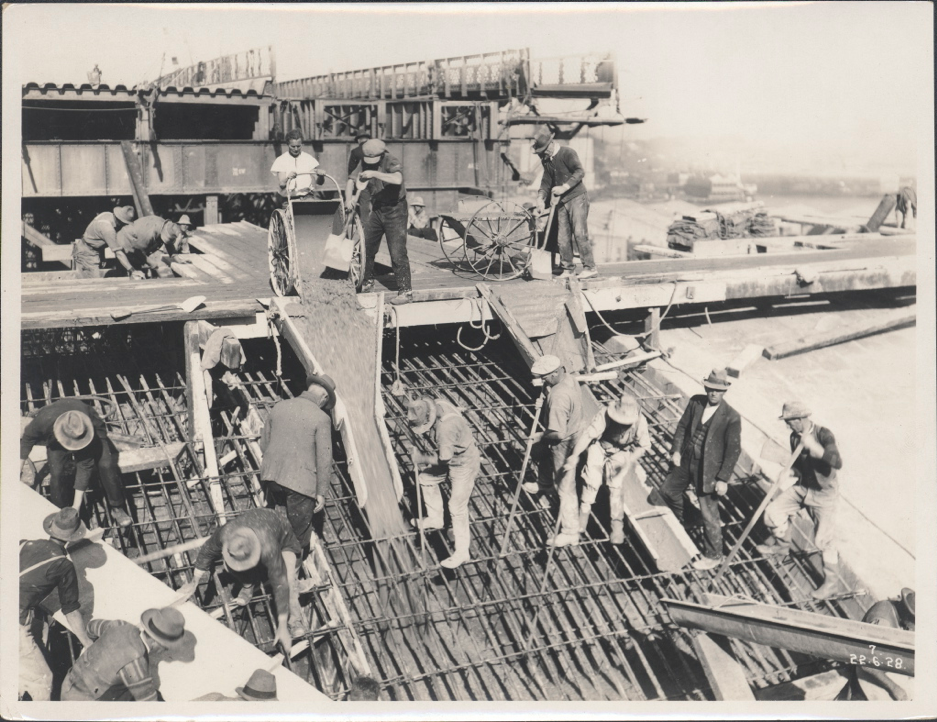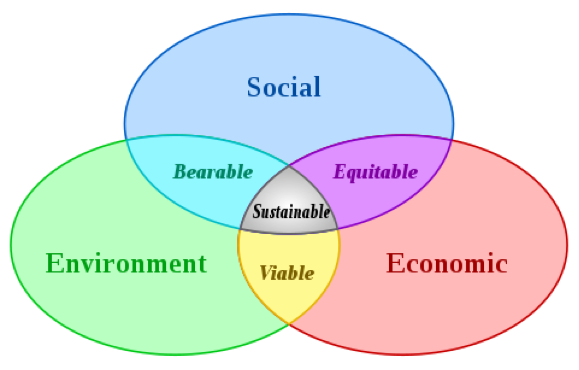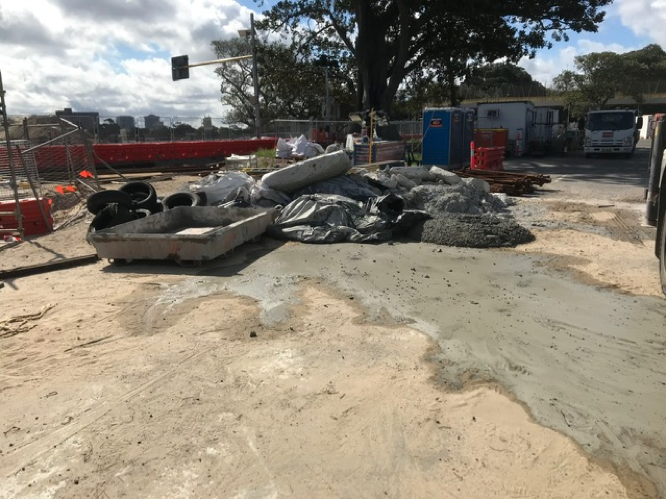An interview with Richard from Mapei Magazine 13/11/23
Richard Amadio, Director of PumperDump: Environmental awareness in Australia is still very low with traditional disposal methods still being employed
— How high is the level of awareness in your geographical area regarding the environmental impact of returned concrete and washing water slurry?
I believe that in Australia the importance placed on waste streams, and particularly on cleanly collecting and recycling concrete waste and concrete washout, isn’t yet high enoughon anyone’s list of priorities. The current focus on material and labour costs in the built environment is distracting from current opportunities in the circular economy that could offer savings in different areas. Whilst the carbon intensity of cement and concrete production is very high, this lack of concern around concrete waste is accentuated because builders can easily and simply go and buy Green Credits to tick the environmental boxes. This practice creates inadequate incentives which act as a major barrier to progress.Builders are still happy to line concrete washout trays and blow back bins using plastic and tip the dried concrete into the on-site skip bin, comingling it with other building waste. Concrete contaminated by plastic greatly reduces the quality and quantity of what can be recycled or considered for upcycling into new concrete.The washout slurry water is allowed to slop around and go wherever it runs, creating slip risks for workers and environmental run-off risk. The slurry part of the washout process isn’t even considered as a resource for the circular economy!
“THE CURRENT FOCUS ON MATERIAL AND LABOUR COSTS IN THE BUILT ENVIRONMENT IS DISTRACTING AUSTRALIANS FROM CURRENT OPPORTUNITIES IN THE CIRCULAR ECONOMY THAT COULD OFFER SAVINGS IN DIFFERENT AREAS”
— In your opinion, what is the most important factor to be able to increase the usage of recycled aggregates in new concrete?
We believe that there are numerous factors needed to increase the usage of recycled aggregates in concrete and it starts with the prime driver, mindset. The mindset shift required will be assisted by policy, regulation and enabling technology. Policy will build awareness, regulation will create incentive and industry actors will undoubtedly then find the investment needed to innovate and collaborate to go forward. Clean waste streams, new systems, infrastructure and processes will follow to deliver upcycled concrete that uses significant proportions of recycled aggregate.
“THERE ARE NUMEROUS FACTORS NEEDED TO INCREASE THE USAGE OF RECYCLED AGGREGATES IN CONCRETE AND IT STARTS WITH THE PRIME DRIVER, MINDSET.”
— PUMPERDUMP
PumperDump has been operating in Sydney, Australia over the past 20 years providing solutions that assist in lowering the environmental impact, costs and safety risk of concrete waste. Sustainability has always been at the forefront of our business principles, driving further innovation and development of new systems for the industry, including the latest patent-pending 5 m3 blowback bin. PumperDump is member of The Green Building Council of Australia which has had a major role in educating, bringing people together, and helping develop new standards for the construction industry.


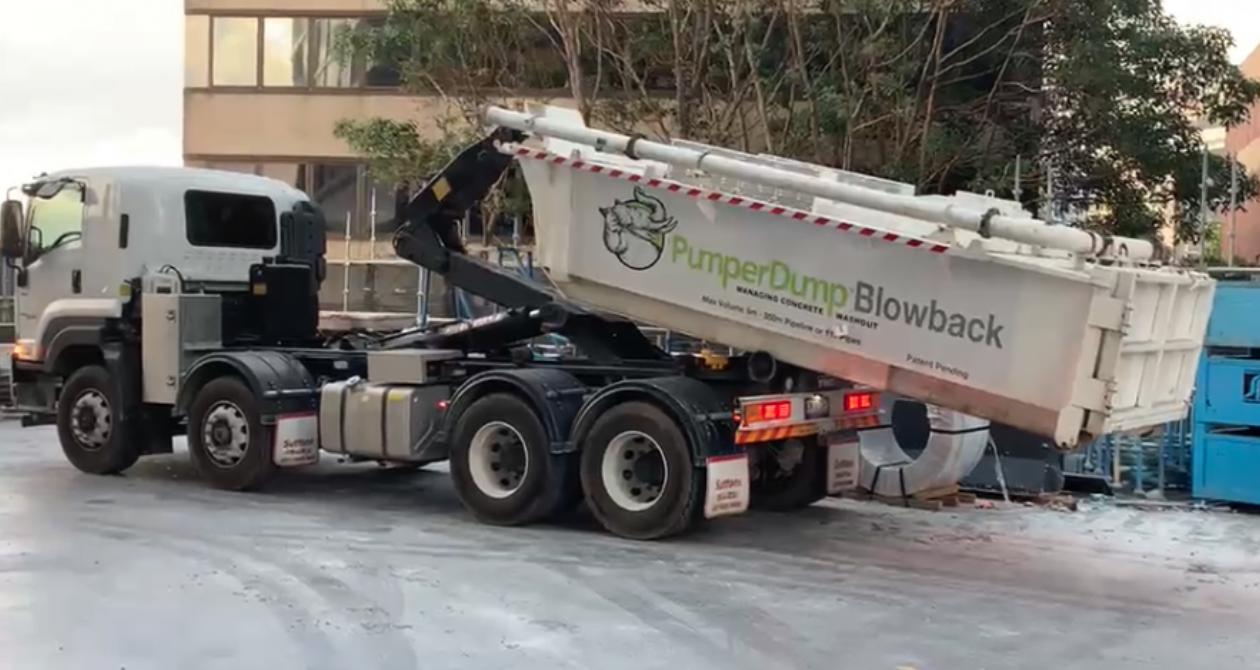
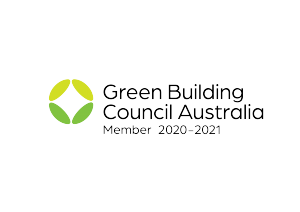 This is an association with Australia’s sustainability leaders who are committed to:
This is an association with Australia’s sustainability leaders who are committed to:
